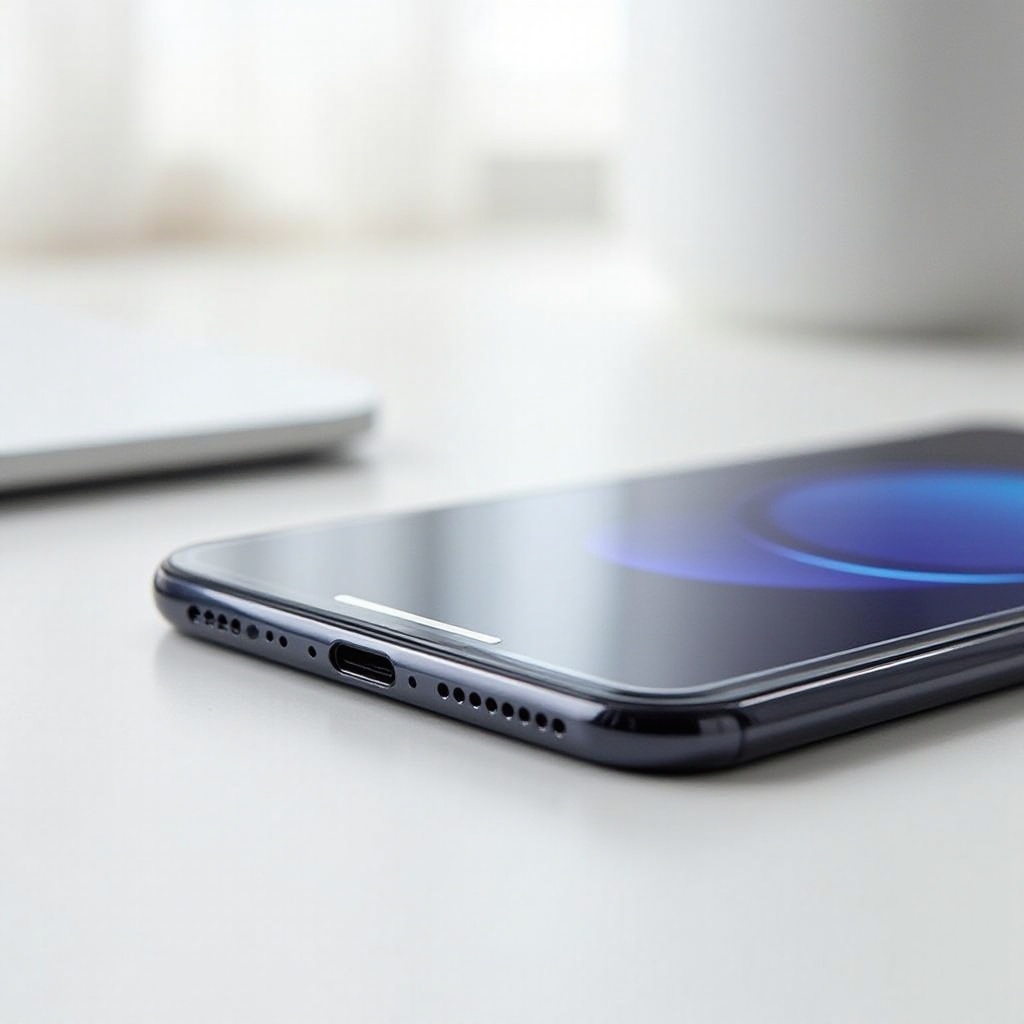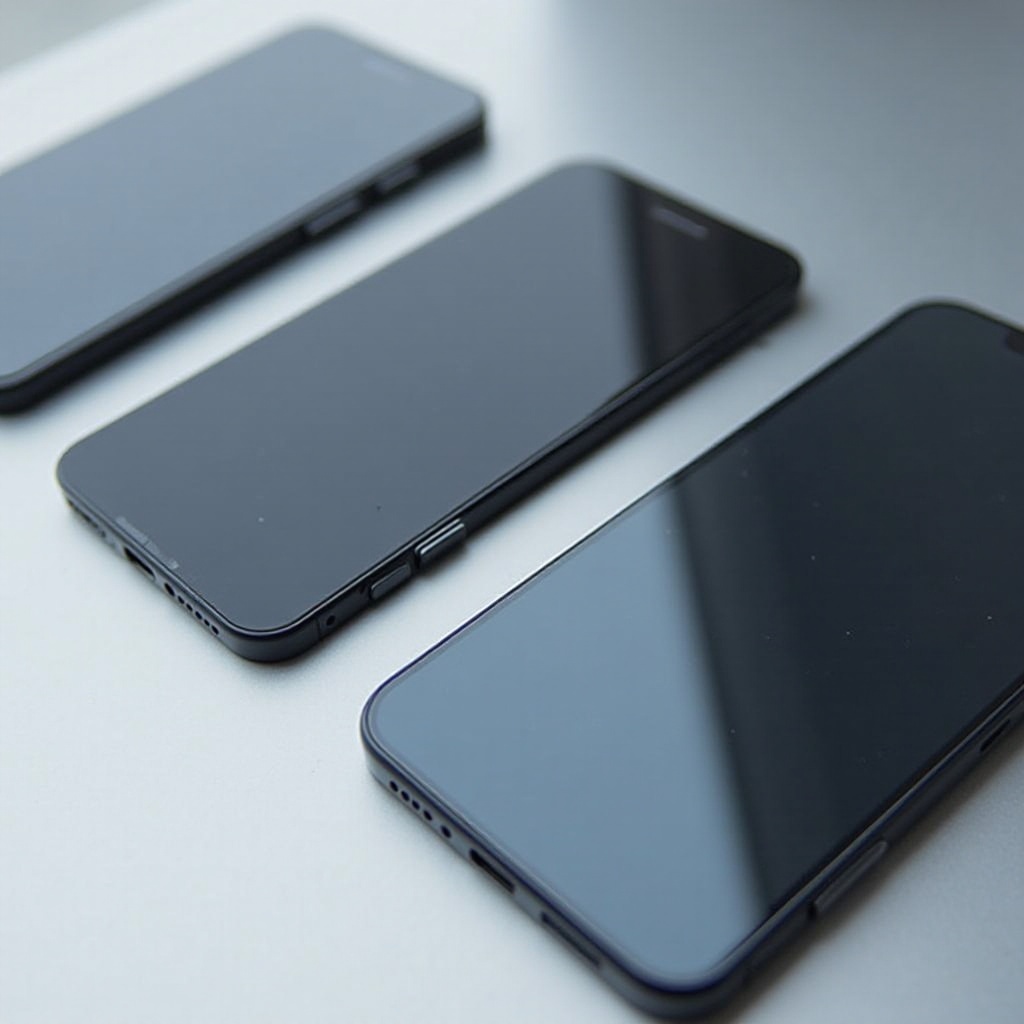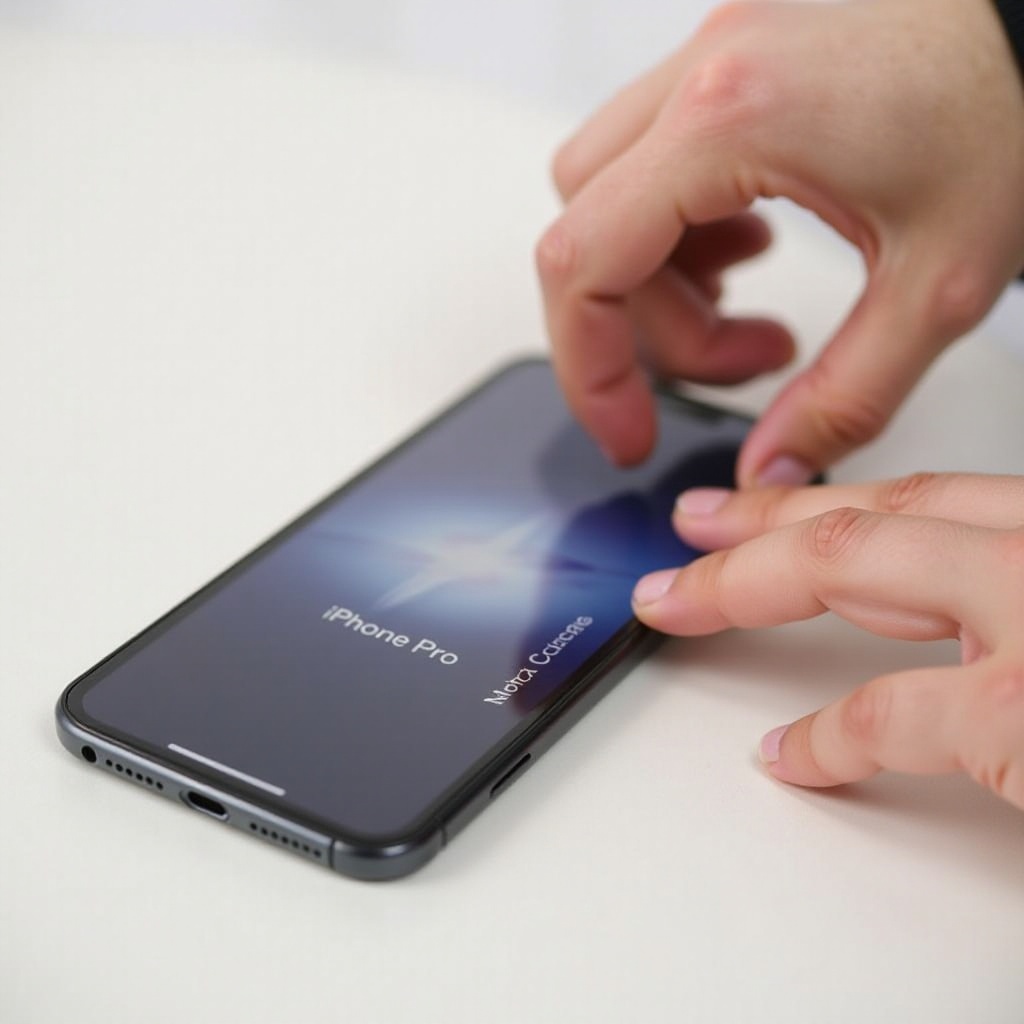Best iPhone 16 Pro Screen Protector
Introduction
When it comes to protecting your iPhone 16 Pro, a reliable screen protector is indispensable. The pristine display of the iPhone 16 Pro demands the best in terms of protection, clarity, and functionality. With a plethora of choices available, selecting the right screen protector can be daunting. This guide aims to simplify the process, offering insights into the top-rated screen protectors, important features to consider, and tips for installation and maintenance.

Types of Screen Protectors
Understanding the different types of screen protectors is crucial in making an informed decision.
- Tempered Glass: Known for its exceptional durability and clarity, tempered glass protectors offer outstanding resistance against scratches and impacts. They provide a smooth surface that mimics the feel of the original screen.
- PET Film: These protectors are thin, lightweight, and afford excellent basic protection against scratches and minor impacts. While not as strong as tempered glass, PET film protectors are a cost-effective option.
- TPU Film: TPU (thermoplastic polyurethane) protectors are flexible and self-healing, making them ideal for those who want edge-to-edge coverage. They can heal minor scratches over time, maintaining a clear view.
Each type has its distinct advantages, making it essential to align your choice with your specific needs and usage habits.

Key Features to Look For
When choosing a screen protector for your iPhone 16 Pro, several features stand out:
- Clarity and Transparency: A high-quality protector should be almost invisible and not interfere with the sharpness and vibrancy of your screen.
- Touch Sensitivity: Ensuring the protector does not hinder the touch sensitivity of your phone is crucial for smooth operation.
- Anti-Fingerprint Coating: A coating that resists smudges and fingerprints can keep your screen looking clean and clear.
- Easy Installation: Look for protectors that offer easy, bubble-free installation. Some come with installation kits for added convenience.
- Durability: Choose a protector that offers robust protection against scratches, drops, and other potential damage.
By focusing on these features, you can select a screen protector that offers comprehensive protection without compromising your user experience.
Top 5 iPhone 16 Pro Screen Protectors
Here are five of the best screen protectors currently available for the iPhone 16 Pro, based on user reviews and expert recommendations.
Protector 1: Overview, Pros, and Cons
Product: XYZ Tempered Glass Protector
Overview: This protector is crafted from high-quality tempered glass and offers 9H hardness for maximum protection.
Pros:
– Optically clear
– Anti-fingerprint coating
– Easy installation with included guide
Cons:
– Slightly thicker than some other options
– Can chip at the edges if dropped
Protector 2: Overview, Pros, and Cons
Product: ABC PET Film Protector
Overview: A lightweight and affordable option, this PET film protector provides fundamental protection with a matte finish to reduce glare.
Pros:
– Affordable
– Matte finish
– Easy to apply
Cons:
– Less durable than tempered glass
– Slight reduction in screen clarity
Protector 3: Overview, Pros, and Cons
Product: QRS TPU Film Protector
Overview: Offering edge-to-edge coverage, this flexible TPU protector self-heals minor scratches and is highly adaptable.
Pros:
– Flexible and self-healing
– Edge-to-edge protection
– High touch sensitivity
Cons:
– Slightly tricky to install
– Not as hard as glass protectors
Protector 4: Overview, Pros, and Cons
Product: DEF Hybrid Protector
Overview: Combining tempered glass and TPU, this hybrid protector offers the best of both worlds with durability and flexibility.
Pros:
– Hybrid durability
– Smooth, clear surface
– Easy installation
Cons:
– More expensive
– May require frequent cleaning
Protector 5: Overview, Pros, and Cons
Product: UV Glass Protector
Overview: This protector uses UV light for a bubble-free application and offers superior hardness and clarity.
Pros:
– Perfect application with UV light
– Exceptional clarity and hardness
– Superior smudge resistance
Cons:
– Requires UV application kit
– Higher price point
How to Install a Screen Protector Correctly
Installing a screen protector properly ensures maximum protection with minimal interference:
- Clean the Screen: Use the provided alcohol wipe and microfiber cloth to remove dust and fingerprints from your screen.
- Align the Protector: Carefully align the protector with your phone screen, ensuring the cutouts match the front-facing camera and sensors.
- Apply the Protector: Starting from one end, slowly place the protector on the screen, pressing out any bubbles with the included squeegee or a credit card.
- Check for Bubbles: Use the squeegee to push out any remaining bubbles, starting from the center and moving outwards.
Proper installation will give you a clear, bubble-free screen protector that adheres perfectly to your iPhone 16 Pro.

Maintenance Tips
To ensure your screen protector remains in good condition:
- Regular Cleaning: Gently wipe the screen protector with a microfiber cloth to remove smudges and fingerprints.
- Avoid Using Harsh Chemicals: Use mild cleaning solutions specifically designed for screens; avoid alcohol-based cleaners, which can damage the coating.
- Check for Damage: Periodically inspect the protector for cracks or chips and replace it promptly to maintain optimal protection.
- Proper Storage: When not using your phone, place it in a protective case or pouch to prevent unnecessary scratches.
Following these tips will help extend the life of your screen protector and keep your screen in pristine condition.
Conclusion
Selecting the best screen protector for your iPhone 16 Pro involves understanding different types, key features, and how to care for them. With the right protector, your device will remain safe and functional.
Frequently Asked Questions
How do I choose the right screen protector?
Choose based on your needs – tempered glass for maximum protection, PET film for affordability, or TPU for flexibility.
Can a screen protector affect touch sensitivity?
High-quality protectors maintain touch sensitivity; poorly made ones can affect performance.
How often should I replace my screen protector?
Replace when it’s visibly damaged or scratched, usually every few months to a year depending on usage.
